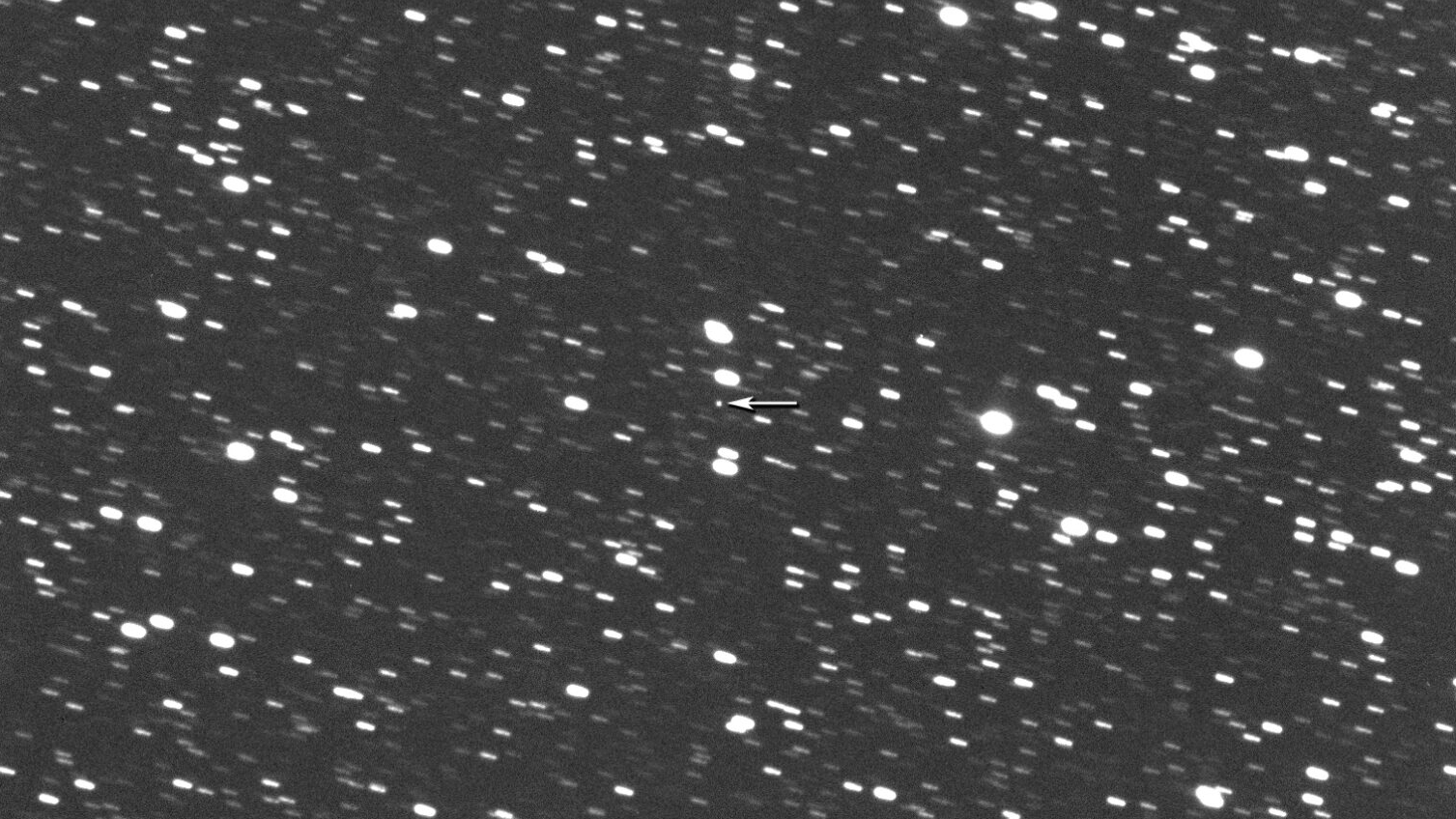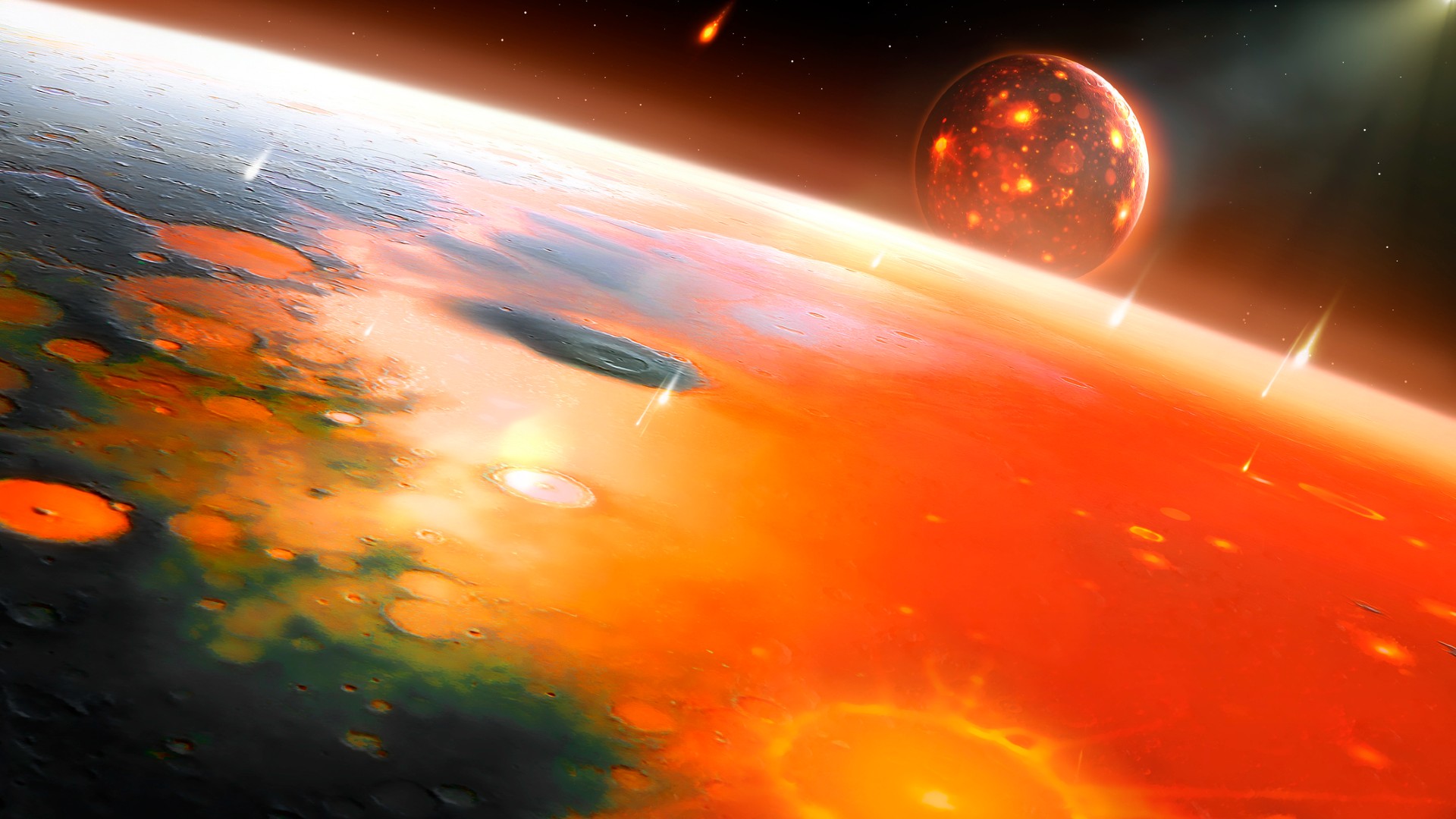Scientists Will Soar for Total Solar Eclipse Study of the Sun and Mercury
A group of scientists is taking to the skies to chase the shadow of the moon during the total solar eclipse on Aug. 21 from the unique vantage point of two retrofitted WB-57F jet planes.
Amir Caspi, a scientist at the Southwest Research Institute in Boulder, Colorado, and his team will soar 50,000 feet over Missouri, Illinois and Tennessee in jets outfitted with high-tech telescopes. At this altitude, the telescopes mounted on the noses of the planes will be able to capture a clear view of the outer layer of the sun's atmosphere, or the corona; they may also capture thermal images of Mercury, a planet typically obscured by the bright glare from the sun, according to a statement from NASA.
"At the planes' cruising altitude of 50,000 feet, the sky is 20-30 times darker than as seen from the ground, and there is much less atmospheric turbulence, allowing fine structures and motions in the sun's corona to be visible," NASA officials said in the statement. [The Best ISO-Certified Gear to See the 2017 Solar Eclipse]

Researchers are interested in getting an up-close view of the corona so they can better understand the structure of the sun's outer layers. For example, the corona can reach peak temperatures hundreds of times higher than those at the surface of the sun. One possible explanation for this is that tiny bursts of bright light called "nanoflares" release heat into the corona.
Studying this is difficult because these solar flares are too small to detect individually, however, "the high-resolution and high-speed images to be taken from the WB-57F jets might reveal [the nanoflares'] effects on the corona," according to the statement.
Using the high-definition images captured during the total solar eclipse, scientists will study the corona for a phenomenon called Alfvén waves, which can occur in a plasma (a gas in which electrons have been separated from their parent atoms) in a magnetic field. The scientists will examine whether waves move toward or away from the surface of the sun, and measure the strength and size of the waves.
"We see the evidence of 'nanoflare' heating, but we don’t know where they occur," Caspi said in the statement. "If they occur higher up in the corona, we might expect to see waves moving downwards, as the little explosions occur and collectively reconfigure the magnetic fields. [Where to See the 2017 Total Solar Eclipse, State by State]
Get the Space.com Newsletter
Breaking space news, the latest updates on rocket launches, skywatching events and more!
The scientists also plan to use the high-tech telescopes aboard the WB-57F aircraft to study temperature variations on the surface of Mercury, which can yo-yo between 800 degrees Fahrenheit (427 degrees Celsius) on the dayside and minus 290 degrees F (minus 180 degrees C) on the nightside. This information can be used to determine what the planet’s soil is made of and how dense it is, which will provide insight as to how Mercury and other rocky planets formed, NASA officials said in the statement. If all goes according to plan, the scientists will capture thermal images of Mercury a half hour before and after the moon completely covers the sun, when the sky is still relatively dark.
The researchers could also potentially search for vulcanoids — a family of hypothetical asteroids that may lie between Mercury and the sun. The total solar eclipse also provides the perfect opportunity to search for vulcanoids, which are believed to be remnants of the early solar system. Vulcanoids have likely evaded detection due to their small size and the unforgiving glare of the sun. During the eclipse, however, the sun's bright light will disappear, allowing scientists to look for these elusive objects.
"If discovered, vulcanoids could change what scientists understand about planet formation," NASA officials said in the statement.
Most skywatchers on the ground will see at most about 2 minutes and 40 seconds of darkness during the total solar eclipse on Aug. 21. The motion of each of the high-speed planes, however, will extend the duration of totality to just over 3 minutes as they chase the moon's shadow.
"These could well turn out to be the best ever observations of high frequency phenomena in the corona," Dan Seaton, co-investigator of the project and researcher at the University of Colorado in Boulder, said in the statement from NASA. "Extending the observing time and going to very high altitude might allow us to see a few events or track waves that would be essentially invisible in just two minutes of observations from the ground."
Editor's note: Space.com has teamed up with Simulation Curriculum to offer this awesome Eclipse Safari app to help you enjoy your eclipse experience. The free app is available for Apple and Android, and you can view it on the web.
Follow Samantha Mathewson @Sam_Ashley13. Follow us @Spacedotcom, Facebook and Google+. Original article on Space.com.
Join our Space Forums to keep talking space on the latest missions, night sky and more! And if you have a news tip, correction or comment, let us know at: community@space.com.

Samantha Mathewson joined Space.com as an intern in the summer of 2016. She received a B.A. in Journalism and Environmental Science at the University of New Haven, in Connecticut. Previously, her work has been published in Nature World News. When not writing or reading about science, Samantha enjoys traveling to new places and taking photos! You can follow her on Twitter @Sam_Ashley13.









